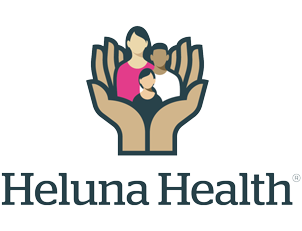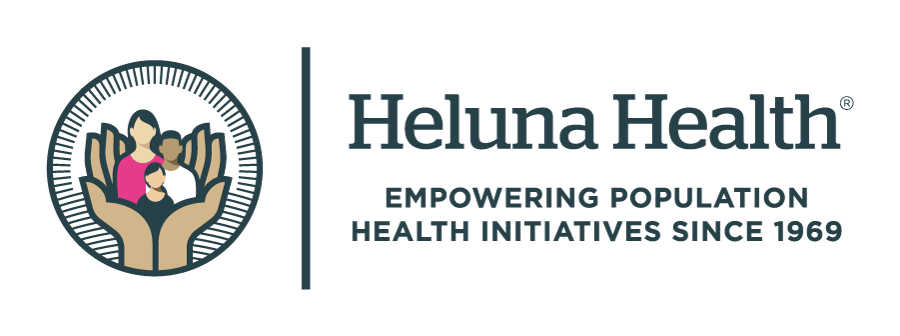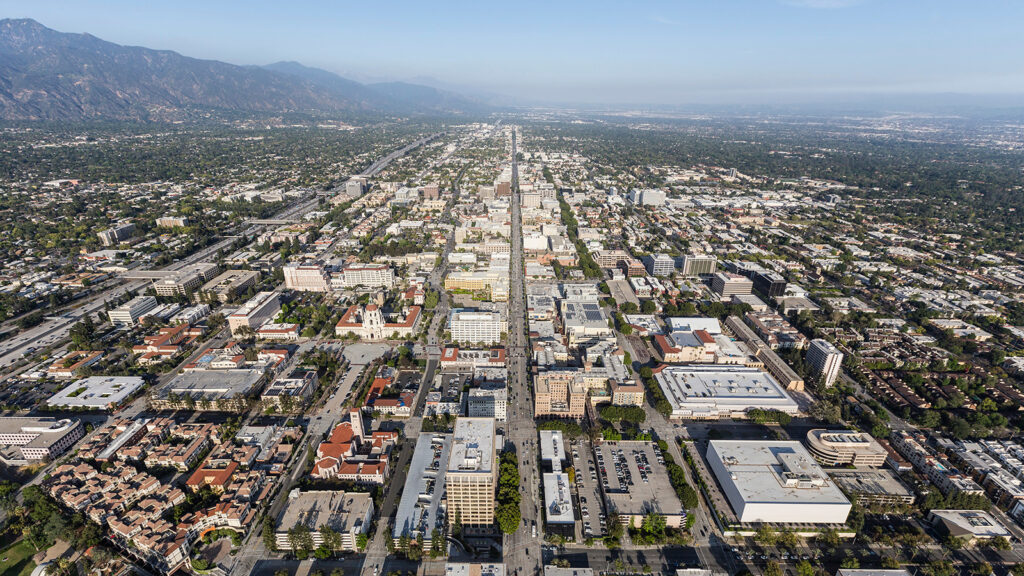For more than 20 years, in one of the most diverse areas of Los Angeles County, the Health Consortium of Greater San Gabriel Valley (Health Consortium)—a partner of Heluna Health—has brought together a varied group of healthcare providers and others to support the wellbeing of some of the most vulnerable individuals in the county. From internationally renowned research hospitals like City of Hope to local health clinics and Federally Qualified Health Centers (FQHCs) that are known in their communities for delivering quality care, the Health Consortium allows the institutions that it supports to leverage their strengths for the benefit of the residents in the Greater San Gabriel Valley.
“A lot of organizations in the San Gabriel Valley are serving the same population,” says Deborah Silver, the Director of the Health Consortium. “They want to serve them more efficiently. Through the Health Consortium, by knowing the other providers in the landscape and making better connections, they can better connect clients or patients to the services they need.”
There are approximately 1.8 million people in the San Gabriel Valley, which stretches from Pasadena in the West to Pomona in the East. “There are a lot of pockets of wealth, but a lot of pockets of poverty and need,” says Silver, who joined the Health Consortium in 2001. “We have an interesting and diverse ethnic make-up in the San Gabriel Valley, with large Asian American and Latinx populations. In general, we work with organizations that support social justice and that work with vulnerable communities, including people who lack resources, and people who are discriminated against.”
A Robust Array of Programs
Consortiums of healthcare providers are typically formed to share information among their members. And the Health Consortium of Greater San Gabriel Valley offers a robust program of meetings, webinars, and periodic summits on timely and relevant health-related topics such as suicide awareness and health equity. The Health Consortium also produces its bi-weekly SGV Health News & Events e-newsletter, which reports on local and countywide health-related programs, events, policy initiatives, data, and research, sent to a listserv of nearly 1,000 people. But the Health Consortium is unique because it is also deeply involved in the community through direct service programs.
From 2005 to 2015, the Health Consortium facilitated collaborative programs for low-income adults in the San Gabriel Valley in partnership with local Community Health Centers and clinics, including retinal telemedicine, colorectal cancer screening, and teledermatology programs. From 2016 to 2018, the organization helped facilitate referrals for 380 diabetes patients from local clinics to LAC+USC Medical Center. In 2019, United Way of Greater Los Angeles approached the Health Consortium and its SGV Hospital Collaborative—consisting of six area nonprofit hospitals—to initiate a pilot program in partnership with Union Station Homeless Services. The program provided post-discharge housing and health care linkages to unhoused individuals who are frequent users of five hospitals in the Hospital Collaborative, which includes Huntington Hospital, USC Arcadia Hospital, Emanate Health, City of Hope, Kaiser Permanente Baldwin Park, and Pomona Valley Hospital Medical Center.
Most recently, the Health Consortium initiated a regional food security program called Food for All San Gabriel Valley, in partnership with five Hospital Collaborative partners and two local food organizations. The goal of this program, funded with major support from the UniHealth Foundation, is to link patients screened as food insecure at the five hospitals with emergency food resources and medically tailored meals (MTMs). The program addresses the numerous barriers among very low-income populations to accessing healthy food by screening for food insecurity within the health care setting and connecting patients who are identified as food insecure to local food organizations. These organizations support the patients by connecting them to benefits and food resources, including fresh fruits and vegetables, emergency food, and/or MTMs.
The Health Consortium and its Hospital Collaborative are now working to address the need for recuperative care in the area. Recuperative care offers healthcare providers a safe place to discharge homeless patients when they no longer require hospitalization but still need to heal from an illness or injury. According to a recent report, the need for recuperative care far outweighs the available resources in Los Angeles County, partly due to the housing shortage. In the Greater San Gabriel Valley, there are no recuperative care locations. Says Silver, “We have been advocating for recuperative care in the San Gabriel Valley so that these patients don’t have to go far from their home base when they are discharged.”
Since Silver has been with the Health Consortium, homelessness has grown and so has the need for mental health services. “Mental health is a big part of our mission,” she says. Building a health care workforce is also a big concern. “We hear over and over that organizations are short on staff and are unable to find experienced people who can meet the needs of their population. Smaller organizations are really struggling to find staff.” To help its partners, the Health Consortium will host its first health and behavioral health workforce fair next April to connect providers with job seekers, including students. The workforce fair will be held in conjunction with the Health Consortium’s 2024 San Gabriel Valley Health Summit, an event to share information on needs and solutions with the broader community.
“Our aim with our programs is always to take a regional approach that will benefit all or most participating hospitals or clinics,” Silver says. “We never want to compete with our participant organizations for funding to do programs that they can do individually, but rather, to engage in collaborative regional programs in response to needs. The extent of the need in central Los Angeles is overwhelming, so it makes sense to target resources there, but it doesn’t mean that there isn’t need in other places of the county. There is need here too.”





